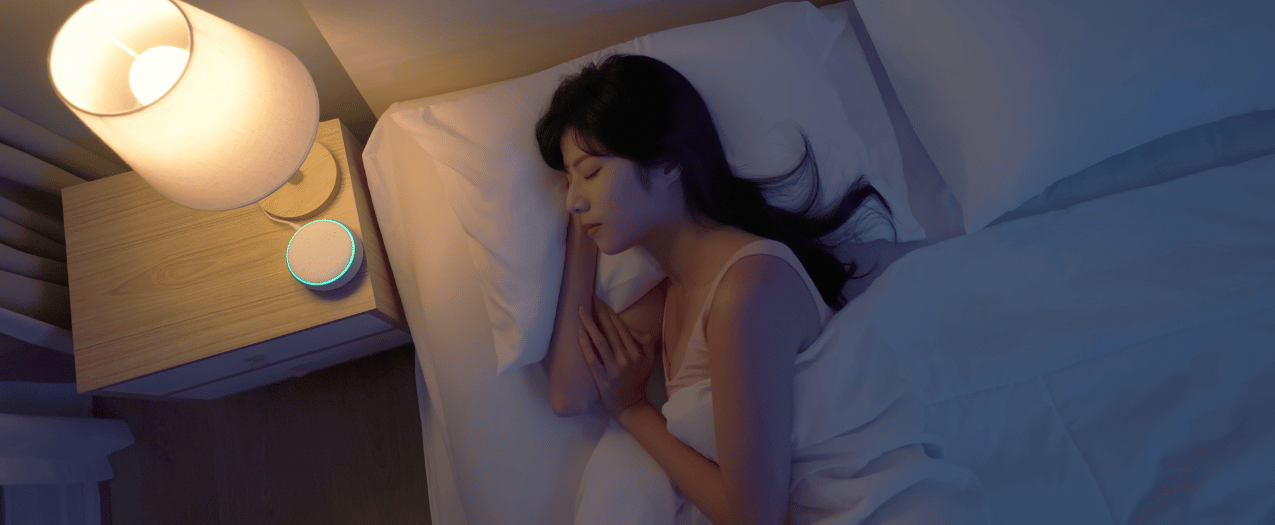
Although it can feel isolating and embarrassing, roughly 25 million adults nationwide suffer from some form of incontinence. This number increases with age, and women tend to be affected about twice as often as men. Although several treatment options are available, it can take time to find what works best for you. This can make navigating your daily life a bit difficult, especially when trying to manage incontinence at work. Since being employed full-time means you’ll spend close to 60% of your waking hours at work, it’s important to find a way to manage your incontinence and keep your quality of life high. To help, we’ve put together a comprehensive list of tips on how to manage incontinence at work.
Understanding Urinary Incontinence
Urinary incontinence is the medical term used to describe the inability to control bladder function. There are several types of urinary incontinence, with severity and intensity ranging from minor leakage throughout the day to full loss of bladder control. Urge incontinence is characterized by a sudden, intense urge to urinate followed by the involuntary loss of urine. Stress incontinence is characterized by leakage due to excess pressure on the bladder, primarily during coughing, laughing, exercising, lifting heavy objects, or sneezing. Overflow incontinence occurs when there is a continual dribbling of urine caused by the inability to empty the bladder completely. Functional incontinence is when individuals have an impairment that makes it difficult to get to the bathroom in time, and mixed incontinence is a combination of two or more types—most commonly, stress and urge.
Tips to Manage Incontinence at Work
Understanding which type of incontinence you have can make management easier and more straightforward, which is why it’s important to work closely with your doctor. Then, consider implementing one or more of the following tips to manage incontinence at work.
Schedule Bathroom Breaks
One of the best treatment options for managing incontinence is to schedule regular bathroom breaks throughout the day. This can help reduce your risk of leaks and help with bladder training. Try to set a specific schedule based on your daily workflow and follow it regularly. If this may be a little difficult, logistically, consider talking to your superior or a member of HR to disclose your condition.
Strengthen Your Pelvic Floor
The pelvic floor muscles are the muscles that surround your bladder. They help support your urinary tract and maintain voluntary control of your bladder. As we age, these muscles can decrease in strength. However, with a few strategic pelvic floor exercises, you can keep them strong and help combat incontinence. One of the most popular pelvic floor exercises is a Kegel.
Before starting, you’ll want to go to the bathroom and try to empty your bladder completely. Then, in a seated or standing position, tighten or clench your pelvic floor muscles. These are the same muscles you activate if you cut off your urine stream while going to the bathroom. Hold for about three to five seconds, then release. Repeat this exercise 10 times, at least three times a day, and try to work up to holding for about 10 seconds each. If you’re not sure whether you’re performing them correctly, talk to your doctor about options for biofeedback therapy to help you target pelvic floor muscles more accurately.
Reduce Coffee Intake
Coffee is a bladder irritant and a diuretic, meaning that it removes both water and salt from your body. The more coffee you drink (or other caffeinated beverages), the more likely you are to experience leakage or have an accident. If you absolutely can’t function without it, consider trying half-caf or limiting yourself to one cup in the mornings. Then, at work, stick to water. Staying hydrated can help keep your energy levels up without putting stress on the body.
Sip Slowly Throughout the Day
Although many people assume that drinking less water will reduce the risk of leakage throughout the day, the opposite is true. Dehydration can be extremely taxing on your urinary system, especially the kidneys. When you’re dehydrated, your body isn’t going to function as well, and your mind can quickly become clouded or distracted. Plus, dehydration strengthens the concentration of your urine, which could result in additional problems. Highly concentrated urine is more visibly noticeable and has a stronger smell. In the case of an accident, this could make it more obvious to your coworkers. Additionally, when you aren’t using the bathroom as much, there’s a higher risk of bacteria multiplying in your bladder, which can lead to urinary tract infections.
The recommended water intake for adults is about six to eight 8oz glasses of water per day. However, everyone is different, and this amount can vary based on age, weight, and activity level. The best indicator for hydration is to check the color of your urine. It should be a pale-yellowish color. Still, talking to your doctor for a more accurate water intake recommendation is best.
To help you avoid putting stress on your bladder, get a bottle, put some marks on it, and sip it slowly throughout the day. This will help your body stay hydrated without making your urinary system work harder.
Purchase Incontinence Supplies
For the biggest peace of mind, research different incontinence supplies. Several products are designed to help catch leaks and reduce the risk of embarrassing situations. Some of the most popular options are incontinence pads and protective underwear, but some people also benefit from intermittent self-catheterization.
Incontinence pads are designed to fit discreetly into your regular underwear. They’re best for individuals with light to moderate incontinence, as they’re absorbent but don’t offer completely full coverage. No one will be able to see the incontinence pad, and you can change them throughout the day as needed. For individuals with heavier incontinence, protective underwear may be a better option. Disposable adult underwear provides more protection and can still be worn discreetly under your pants. If you have any questions about incontinence supplies and how they work, don’t hesitate to reach out to your doctor.
Wear Dark Clothes
While many individuals that experience incontinence can avoid leaks using the right incontinence supplies, accidents can still happen. As an added precaution, consider wearing dark-colored bottoms. Dark colors will give you an added degree of confidence—just in case. It’s also recommended to keep a backup pair of underwear or slacks in the office, in your car, or your locker so you can change if anything happens. If you’ve got a vibrant personality and want to express yourself more vividly, simply pair the dark slacks with a colorful blouse or button-up.
Discuss Options for Medication
Medication may be an option for cases of urinary incontinence that don’t respond to lifestyle changes. There are certain drugs that can help relax your bladder muscles and reduce the risk of spasms that lead to urine leakage. Women can also use a pessary, which is a ring placed inside the vagina that helps support the bladder. In severe cases of incontinence, your doctor may recommend surgery or nerve stimulation.
Work Closely with Your Doctor
Everyone is unique, so each treatment plan for incontinence will be unique. For this reason, you’ll want to work closely with your doctor to determine the best course of action for your body. If your doctor prescribes you medications, it’s important to take them according to their instructions. If your doctor recommends performing Kegels or other pelvic floor exercises, do them. These types of things can make a huge difference in incontinence and overall quality of life. If you have any questions or concerns about your treatment plan, don’t hesitate to contact your doctor.
Have a Discussion with Your Boss
Urinary incontinence is a common condition affecting millions of people worldwide. For additional support at work, consider having a discussion with your boss or a member of HR. This can make it easier to stick to a bathroom schedule—especially if you have a job with lots of meetings or face-to-face interactions. Although it can seem scary to disclose, open communication can make your life a lot easier.
Managing urinary incontinence at work can seem like an impossible situation, but with a strategic approach, it is possible. To help enhance your journey, Byram Healthcare offers a wide selection of high-quality urologic supplies that can be discreetly delivered to your door. Our product guide includes various incontinence products to help offer support while at work. Browse our urology product catalog today or contact one of our representatives for more information.




